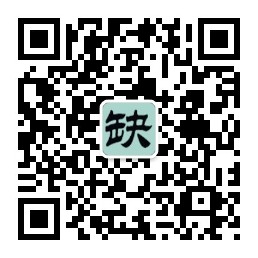部分 专业英语基础知识
1.1 专业英语的特点
1.2 专业英语基础
1.2.1 词汇
1.2.2 翻译的准则与方法
1.2.3 翻译中的变换
1.2.4 长句的译法
1.2.5 篇章的翻译
1.2.6 数量和数学符号
1.3 科技论文写作指导
1.3.1 科技论文的构成
1.3.2 科技论文摘要的写作方法
1.3.3 科技论文中总结的写法
1.4 文献检索简介
1.4.1 文献检索的意义
1.4.2 文献检索方法简介
1.4.3 国内检索系统
1.4.4 国际著名的六大检索系统
第二部分 通信技术
Unit 1:The Evolution of Communication Theories
Unit 2:Digital Communication System
Unit 3:Pulse Code Modulation
Unit 4:Common-Channel Signaling
Unit 5:The Sampling Theorem
Unit 6:Evolution of Lightwave Systems
Unit 7:Fiber Optic
Unit 8:Synchronous Digital Hierarchy
Unit 9:WDM
Unit 10:Introduction to Computer Networks
Unit 11:Share the Internet Wealth
Unit 12:Introduction to 3G
Unit 13:Comparison between GSM and CDMA
Unit 14:Packet Switching
Unit 15:Residential Broadband
Unit 16:Frame Relay and ATM
Unit 17:Introduction to SPC Digital Telephone Exchanges
Unit 18:Bluetooth
Unit 19:Integrating RFID on Event—based H emispheric Imaging for Internet of Things
Assistive Applications
Unit 20:Image&Video
第三部分 英文文献阅读
READING 1:Lightwave System Components
READING 2:Fiber to the Home
READING 3:Technologies on Fourth—Generation Mobile Communication
READING 4:Polarization Mode Dispersion of Installed Fibers
READING 5:High-Bandwidth Plastic Optical Fiber
READING 6:Asynchronous Transfer Mode(ATM)
READING 7:Embedded Systems and Applications
READING 8:The Added Advantages of Digital Technology
READING 9:Open Systems Interconnection Reference Model
READING 10:Computer Security
第四部分 参考译文
第1单元 通信理论的发展
第2单元 数字通信系统
第3单元 脉冲编码调制
第4单元 公共信道信令
第5单元 抽样定理
第6单元 光波系统的发展变革
第7单元 光纤
第8单元 同步数字系列
第9单元 波分复用
第10单元 计算机网络简介
第11单元 分享互联网财富
第12单元 3G简介
第13单元 GSM与CDMA之比较
第14单元 分组交换
第15单元 居民宽带
第16单元 帧中继和异步传递模式
第17单元 程控数字电话交换机介绍
第18单元 蓝牙
第19单元 基于事件的半球形成像RFID一体化物联网辅助应用
第20单元 图像和视频
第五部分 附 录
I 数学公式的英语读法
Ⅱ数的表示与读法
参考文献







 缺书网
缺书网 扫码进群
扫码进群